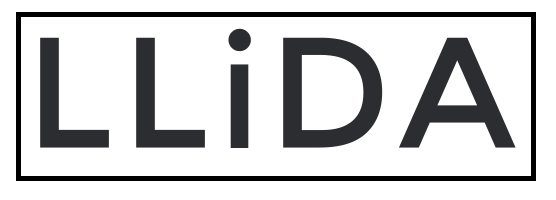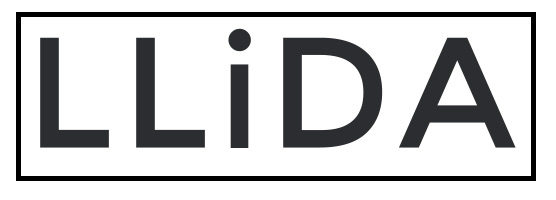‘Flipping Brilliant’
http://voicethread.com/#q.b1191.i13695
Type of snapshot
‘Learner-led’ provision
What was the context for this snapshot?
This year long on-going project is being undertaken with Skillextra Plus, who are a group of school leavers within the School of Access and Communities.
We wanted to introduce the use digital technologies and Web 2.0 tools to personalise learning and empower students by changing the locus of power in the classroom from being tutor led to student led wherever possible within the constraints of the students’ additional support needs and the criteria of their course. We wanted to increase the learners’ employability skills, their communication skills and their self-confidence, as many of the learners come onto this course with behavioural problems over and above a particular learning disability.
We want the young people to leave the course equipped with the skills, self confidence, and behaviours which will enable them to function successfully and happily in their work and personal lives.
What kind of learners were involved in accessing this provision or support?
The project involves a group of young people who are school leavers with a wide variety of additional support needs, some of whom also have behavioural problems.
What skills or literacies were particularly being addressed?
We are seeking to give young people the opportunity to develop social skills appropriate to an employment setting, provide an integrated personal life skills package within the curriculum, develop core skills in communications, numeracy, information technology, working with others, problem solving and enable young people to make informed choices about the best vocational opportunities available to them.
Our main aim was to use existing technology skills of the students, and their natural creative abilities, as a starting point in their learning in order to set the tone of their learning. This was taking a particular concept of personalised learning which had been implemented on a variety of occasions, most notably during the TESEP Project in which the starting point was to use the existing skills of the students, after which the students followed their own path through a pack of resources. In this case, we were going to go a step further, in that due to the nature of the course, we had relative freedom from module constraints, and we could allow the students to decide what they would produce during the course of their learning.
It had been noted by the Tutor that students, who had considerable communication problems, opened up and talked when showing pictures stored on their mobile phones, so the first session involved students using Bluetooth to send their pictures to a computer linked to a large screen where the pictures were viewed. This was a group learning situation with the students sharing their skills with each other and with the Tutor.
Thereafter, it was decided that we should try FLIP video cameras to see if the students liked them and if so, what they would like to do with them. The students were split into 2 groups of about 4 and each group was given 2 FLIP cameras which were still in the box. The students were asked to have a look at the contents of the box and asked what they thought they could do with them, thereby giving them ownership of the learning from the outset. Within a very short time they had worked out what the FLIP cameras were and were off filming each other and their environment. The students have devised a plan for the making of a film to use to show next years Skillextra Plus students, several of whom have hearing impairments, and are including the use of sign language in the film which will be produced before the end of this semester. They have organised themselves into groups with directors, cameramen etc, according to the talents in the group, and have learned how to use Windows Movie Maker which they have, in turn, taught to other members of staff.
In addition to the use of FLIP cameras, the class is also using Web 2.0 tools; Bebo for peer support, Voicethread, Befunky and, soon to be introduced, Comic Life. At this point in time the project is working extremely well, with students reporting, during a recent focus group, an increase in their confidence, communication and IT skills.
Who provided the support? How was support provided?
The team includes two course tutors with support from the Curriculum Innovation Advisor and with further support from IT team members.
Students are being assessed for the Wider World Asdan Bronze and Silver Challenge. ASDAN Award Programmes offer imaginative ways of developing, recording and certificating a wide range of young people’s personal qualities, abilities and achievements, as well as introducing them to new activities and challenges. All the programmes link to nationally recognised qualifications, which contribute to performance tables.
Benefits, outcomes, and lessons learned
The students’ own words from the recent student focus group: The FLIP camera:
- “it built up my confidence”
- “it was like the X Factor”
- “I never liked being in front of a camera before”
Bebo and Voicethread:
- “It helped me with my communication”
- “Yes, it let me communicate better with other people”
- “I love it”
- ‘’It helped turn learning into fun which we really enjoyed’’
- “it has made me more confident”
(Students used Voicethread for the Wider World Asdan Bronze and Silver Challenge. It let them speak to other people their own age around the world. The students who identified themselves as being shy loved this in particular because they reported that it helped build up their confidence in communicating.)
The Tutor has found the project has so far delivered what was planned and hoped for. Students are more engaged, empowered and learning useful lessons to take forward in their future work and personal lives.
Lessons Learned: The main lesson learned so far is that ongoing support from the IT Team has been necessary to achieve this task, most of the support being at the outset of the project. Institutional strategy in terms of allowing Web 2.0 tools such as Bebo, Voicethread etc. is also vital.


